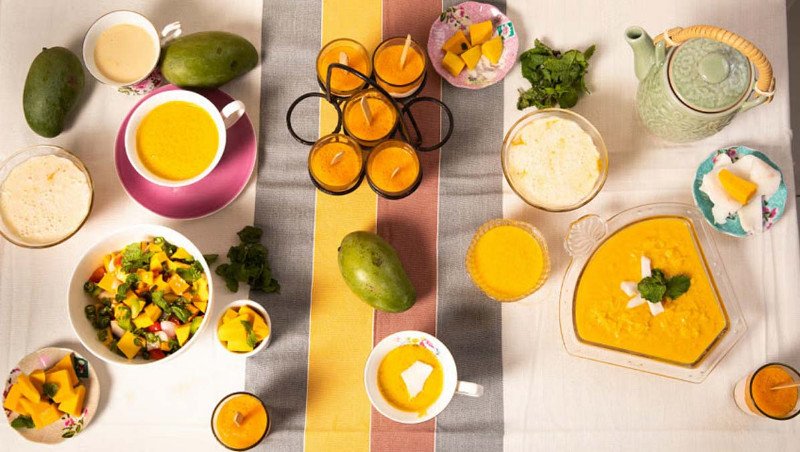
So, you worked for hours to make food that you or your loved ones will enjoy. While food presentation is often a last thought, it excites the senses of those eating it. Read on to learn how to plate your tasty foods like a pro with just a few easy tips!
Firstly, it is important not to break up the food as you try to fill the plate, which might make it look crowded. Instead, give the food some shape and think about how high you want it. You can always buy ring moulds to start a base for your creative plating. Then, fill the mould with more food to make it taller with different layers. You could also buy plating moulds in various shapes to try them out on different meals on different occasions.
After that, you can change the look of your plate by adding different textures and sauces. Bright and thick sauces that are sour, sweet, or spicy can be used to enhance your meat or fish with a single scoop or dash across the plate.
If you want to add a touch of softness to your crisp salads, put a poached egg on top of it. To make desserts that seem like they came straight out of a fairy tale, you may make frothy meringue peaks and add them to the plate.
Now, you cannot plate your food in a way that looks good if you do not play around with colours that are different yet complement each other. Instead of using artificial food colourings to draw attention to something, try using natural colours. Adding more vibrant ingredients is the best way to make your plate look colourful.
Carrots, tomatoes, potatoes, broccoli, beans, and other foods come in a lot of beautiful colours, which can be used to add colour to your plate. You can also add natural colour to your plates by using seasonal vegetables like pink rhubarb, bright red strawberries, and green peas. Adding herbs to meals can also give them a much-needed pop of colour when you are out of ideas.
Now that all of your food is ready to go on the plate, it is time to pick out the right size, shape, and style of it. Plates are like canvases for your food, so their colour is important. Blue plates are usually avoided by chefs because they think the colour is unappealing. But, the stark distinction of a white plate may bring out the most vivid colours and textures in your dish. On a black plate, foods that are warm in colour like gold, beige, or cream might look good. When choosing patterns for your plates, remember that too many can make the plate look overloaded.
Plating could be regarded as an art form given that it might allow you to express your creativity while also influencing the way others see the meal. So, to improve your plating skills, take a breath, and look at what you have in your kitchen. Then, practice any of the techniques discussed here and soon you will be able to find your style to level up your plating game!
 Weekly Bangla Mirror | Bangla Mirror, Bangladeshi news in UK, bangla mirror news
Weekly Bangla Mirror | Bangla Mirror, Bangladeshi news in UK, bangla mirror news







